Horizontal and Vertical Number Line Foldables for Interactive Notebooks
This blog post contains Amazon affiliate links. As an Amazon Associate, I earn a small commission from qualifying purchases.
I get e-mails from people all the time wondering how to get started with interactive notebooks. Honestly, I’m not quite sure how to answer this question. How does one get started with interactive notebooks?
I know these aren’t the steps people want to hear, but I think this pretty much sums up the process:
Step 1. Adjust your expectations. Every page in your interactive notebook will not be pinterest-worthy.
Step 2. Try stuff. Figure out what lesson you are teaching. Think about how you’ve taught it in the past. Look online for ideas. Decide a plan of action to take. Take it!
Step 3. Reflect on the experience. Were these notes helpful to my students? What should I have further clarified? Was the time spent on the notes appropriate? Did my students reference their notes? What could I do to make my students reference their notes more often?
Step 4. Use what you’ve learned/made to impact future lessons.
Step 5. Repeat. Forever.
At Twitter Math Camp this year, we had several interactive notebook parties where we sat in the hotel lobby and just looked through each other’s notebooks. I brought along my teacher copies of my interactive notebooks for the past two years plus a few student copies. Last year was my second year of doing INBs. And, let’s just say that my notebook pages from last year were easily 100 times better than my notebook pages from the first year. That’s natural. We all learn and improve with time. When we stop desiring to learn or improve, that’s when we need to quit our jobs and re-evaluate our lives.
Why, then did I want to hide those less than perfect notebooks? I don’t remember who it was, but somebody picked up one of those notebooks from my first year and started leafing through it. I immediately encouraged them to look through one of my newer, better notebooks instead. After all, they would get so many more ideas from a different notebook. But, they persisted and said they wanted to get an idea of what it really looks like to do interactive notebooks for the first time. They were interested in reality since reality is the world we live and teach in.
When I envision what my notebooks for the year will look like, I have hundreds of amazing ideas. Some of these will make it in our notebooks. Some ideas I thought were amazing will end up flopping. The idea that comes to me five minutes before class starts that I have to rush to put together will end up being a show stopper. At least 50% of my ideas will never come to fruition because the timing doesn’t work out just right or because I never get around to making a certain page. My students are always eager to share their opinion. Why didn’t we put X, Y, or Z in our notebooks? Or, this page was stupid.
Each year, this notebook thing gets easier. I can reuse pages from previous years. I have a better sense of how long it will take my students to do certain notebook pages. Since I’m not having to create EVERYTHING, I can spend some time adding some “extras” to our notebooks.
This post is about one such extra. This notebook addition has been 3 years in the making.
Year 1 of Teaching. The formula for slope is (y2-y1)/(x2-x1). Why can my students never remember this formula? They change it to (x2-x1)/(y2-y1) or (x1-y1)/(x2-y2) or some other sort of mathematical heresy. Then, if they do remember the formula correctly, they end up making all kinds of silly mistakes with their positives and negatives.
Year 2 of Teaching. Inspired by Elissa, I decided to get rid of the slope formula. We’re just going to use tables to find the change in y and the change in x. The formula delta y over delta x should be easier to memorize, right? It turns out it is! Some of my students have trouble finding the change in y or the change in x. I direct them to use the number line on the wall. This helps as long as they are in my classroom. But, some of my special education students want to take their slope test in the resource lab. That’s one of their rights, but there is no number line on the wall in there. One of my students asks why they can’t have a number line in their notebooks.
Year 3 of Teaching. AKA Yesterday. In introduce the slope formula again as delta y over delta x. I show my kids how to make the table and use the number line to find the change in y and the change in x. While students are using their pencils to point at the number line on the wall, I ask them if they think it would be helpful to have their own personal number line to use. YES!
I send out a tweet looking for a number line someone has already made. Nothing. This morning, I decide to make my own. I really wanted the number line to extend from -25 to 25, but I had to settle for -20 to 20.
When not in use, the number line folds up on the inside back cover of our interactive notebooks.
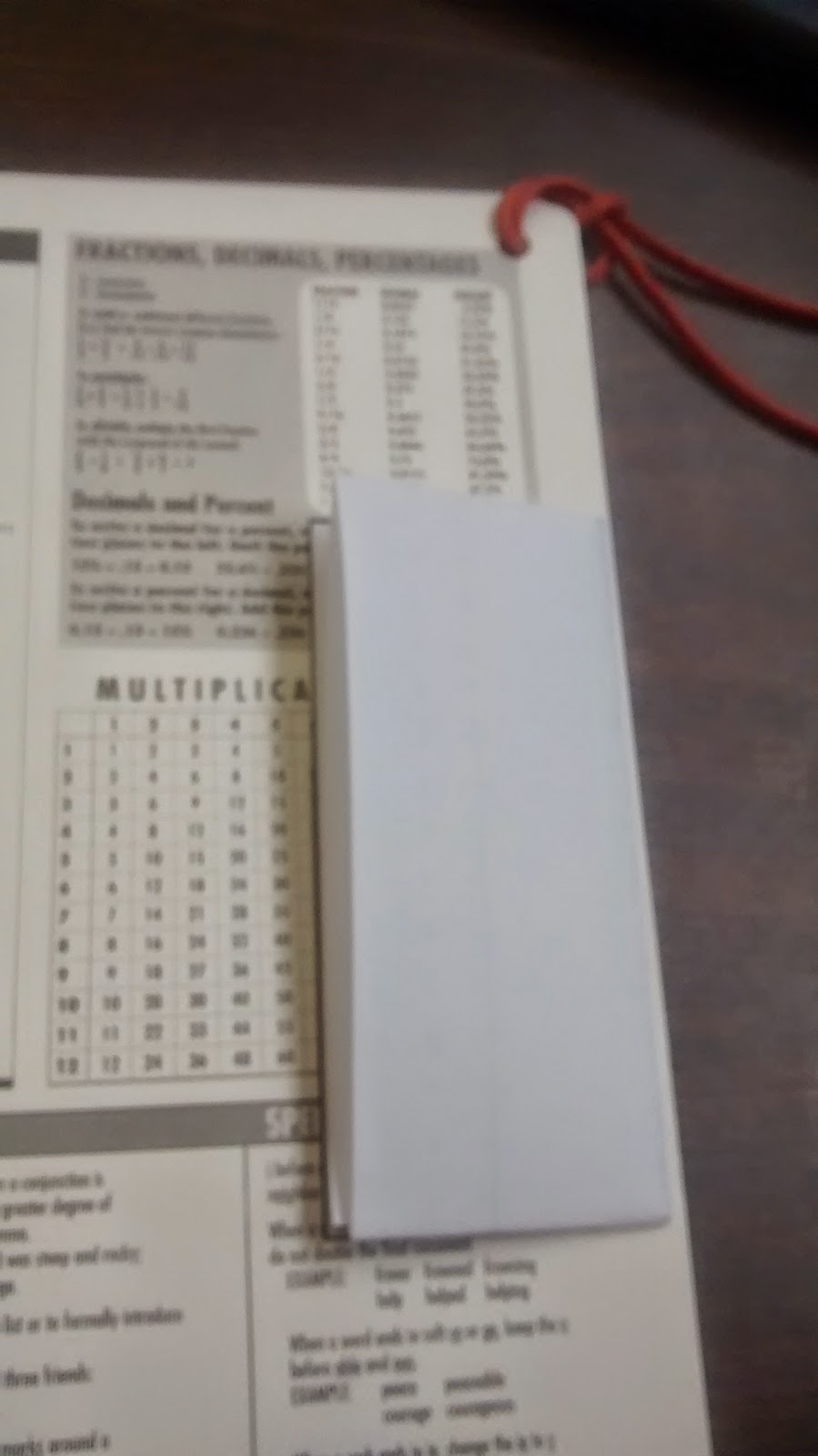
When students want to use the number line as a tool, they fold the number line over so it extends outside of the notebook.
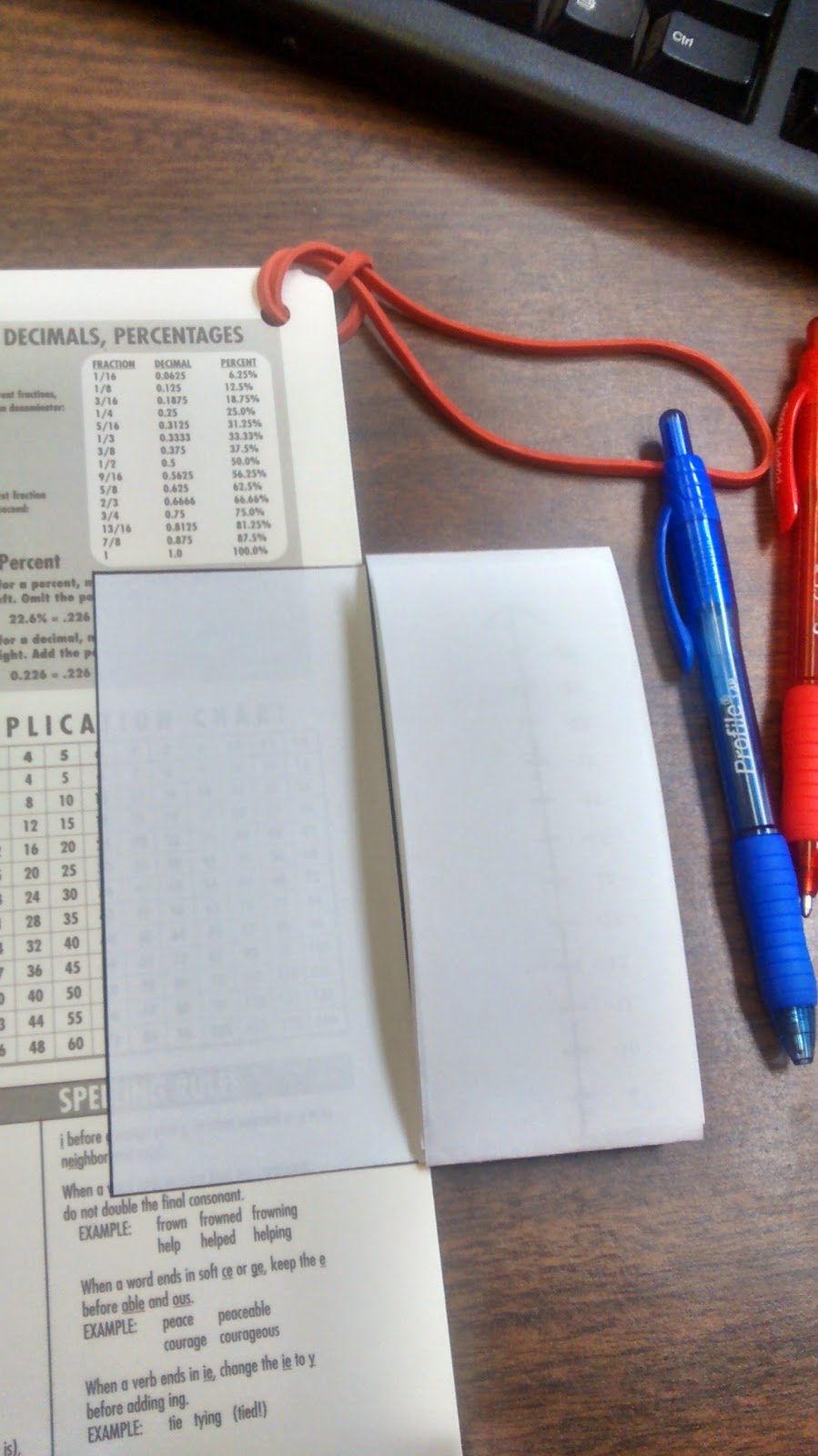
Now, the flaps will fold out to reveal a beautiful, vertical number line.
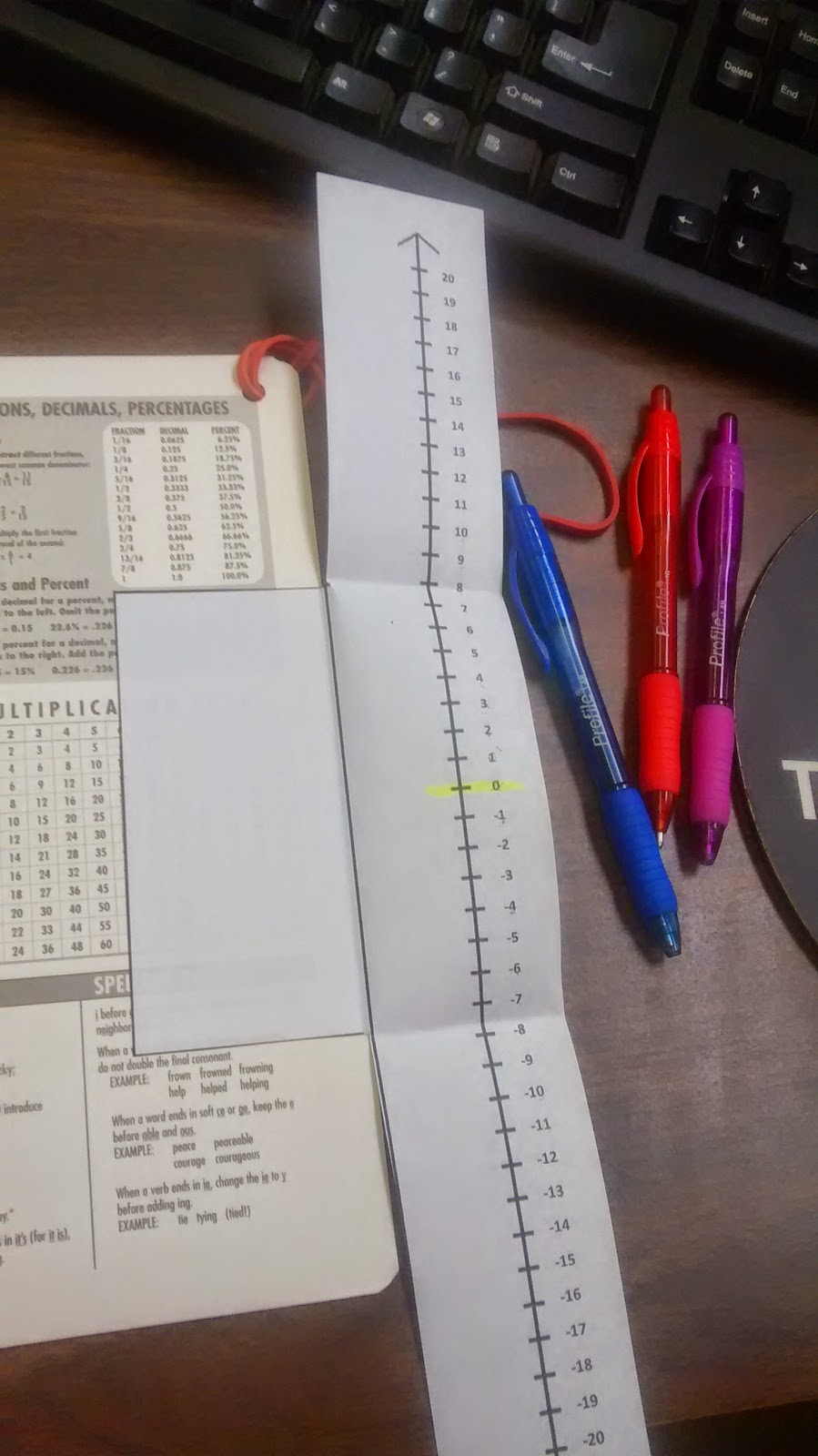
FYI: I have a vertical number line printable that you can print and hang up in your classroom for students to reference as well.
I wanted to make this number line in such a way that students can use it at the same time they are using their notes. Here are our notes for finding slope from a table or points. Students can use the number line to find the difference of the two numbers.
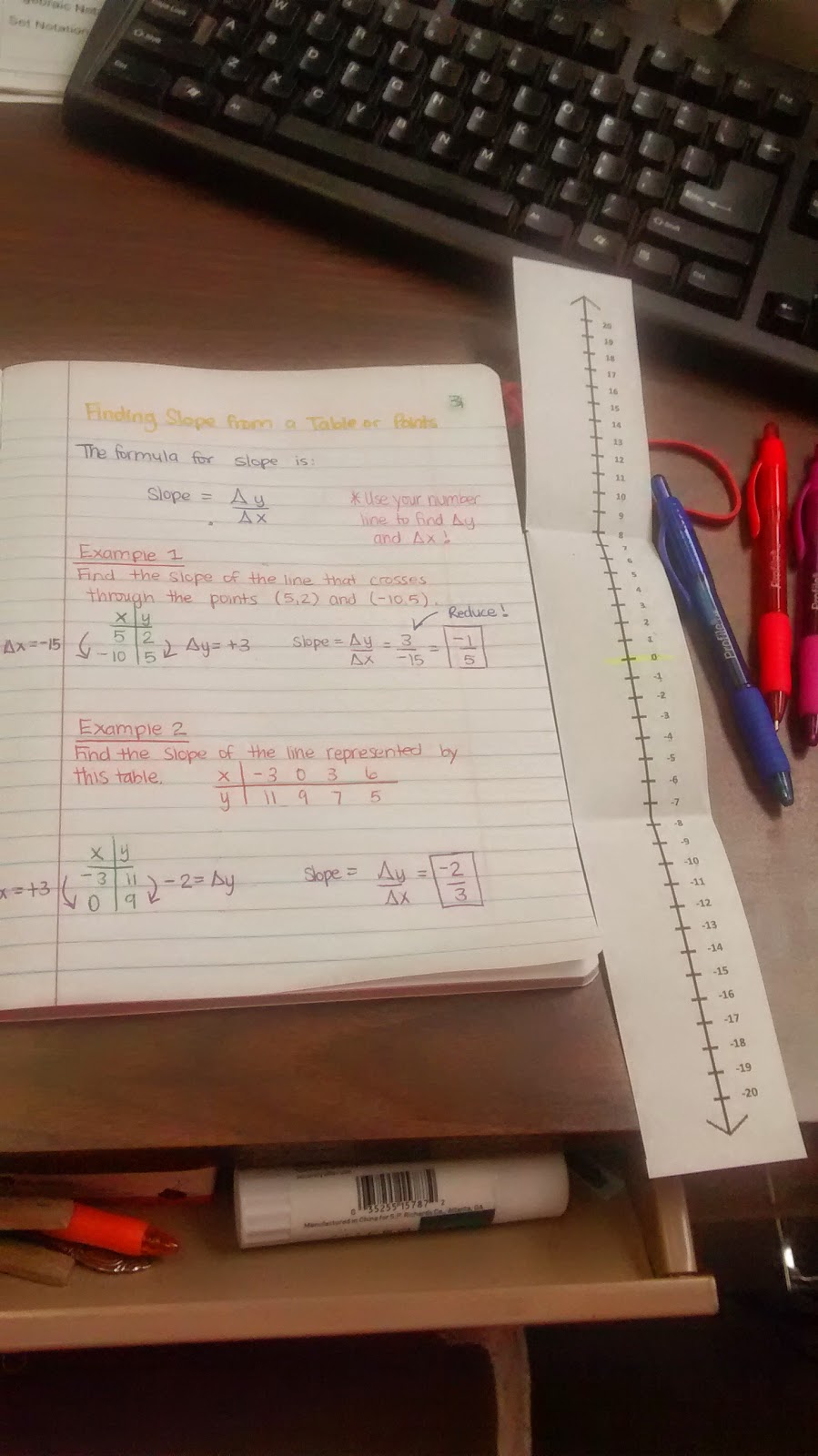
Here’s a close-up of the extended number line. I took a highlighter and marked zero for quick reference.
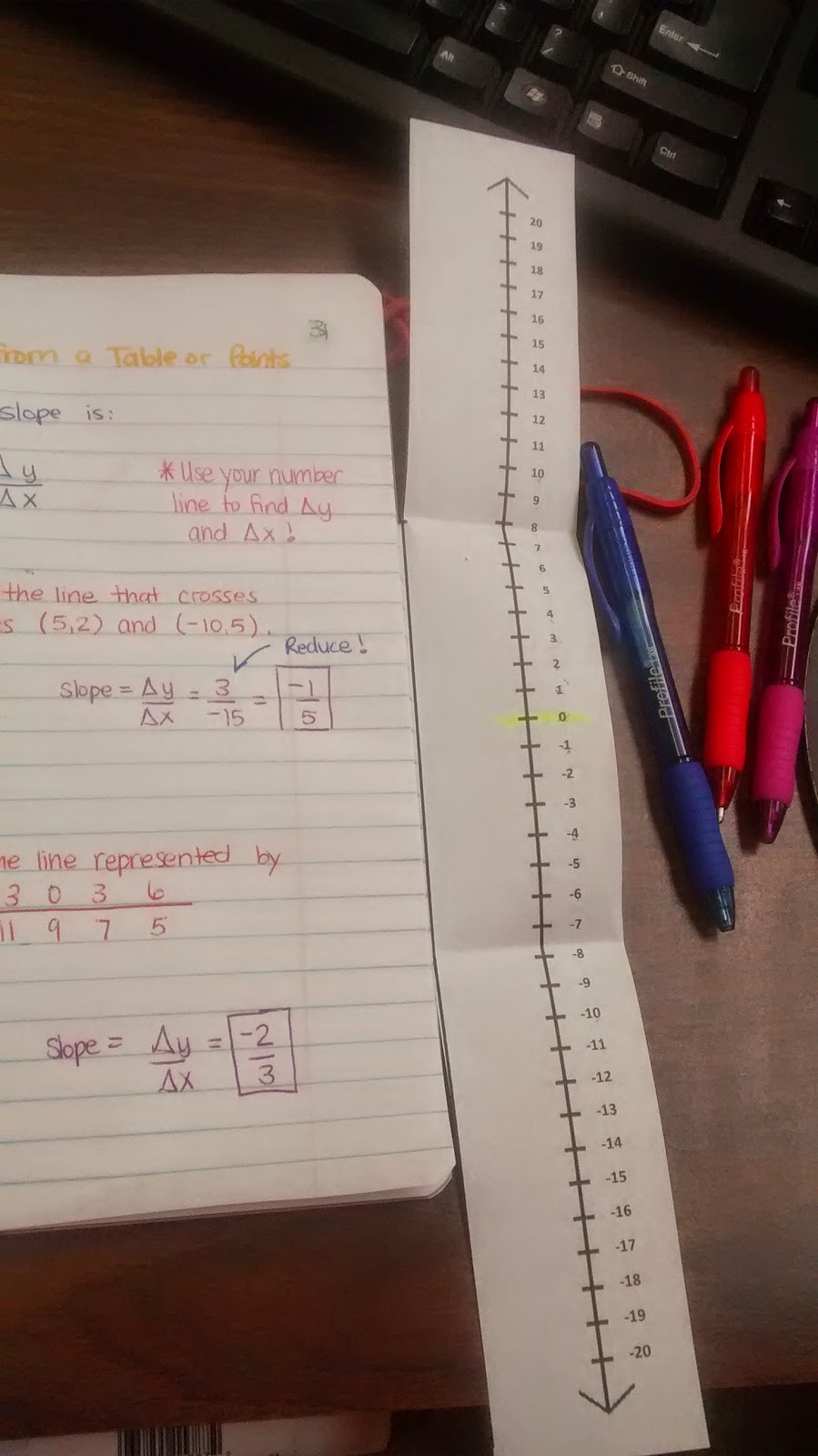
Now, my students are equipped with lots of tools for finding slope!

I printed the number lines two to a legal sheet of paper. The length of the legal paper allowed me to make the number line much longer than would have been otherwise possible. I would like it if the number line was printed on a heavier weight of paper. Alas, I don’t have any legal sized card stock. If students take the time to fold these nicely back into their notebooks, they should fare well. What I fear is that students will cram their notebook into their bag with the number line still protruding from the notebook. I guess there’s not much I can do to prevent this, though…
As with all notebook additions, I had to force my students to use the number line to show them its worth. If I don’t make my students reference their notebooks, they just won’t. I have to force myself to answer student questions with “It’s in your notebook. Look it up.” Today, one student was trying to find delta y when the two y-coordinates were 5 and -15. He insisted that 5 and -15 were ten apart on the number line. Of course, his number line was folded neatly into his notebook. I made him get his number line out and show me the ten spaces they were apart. Oh….. Yes. Now, please use your number line for the rest of the assignment. Also – I’ve finally become convinced that vertical number lines are awesome. Hopefully, there will soon be one gracing the wall of my classroom. My students requested it. It turns out that many of them prefer the vertical number line to the horizontal number line.
Horizontal Number Line Foldable
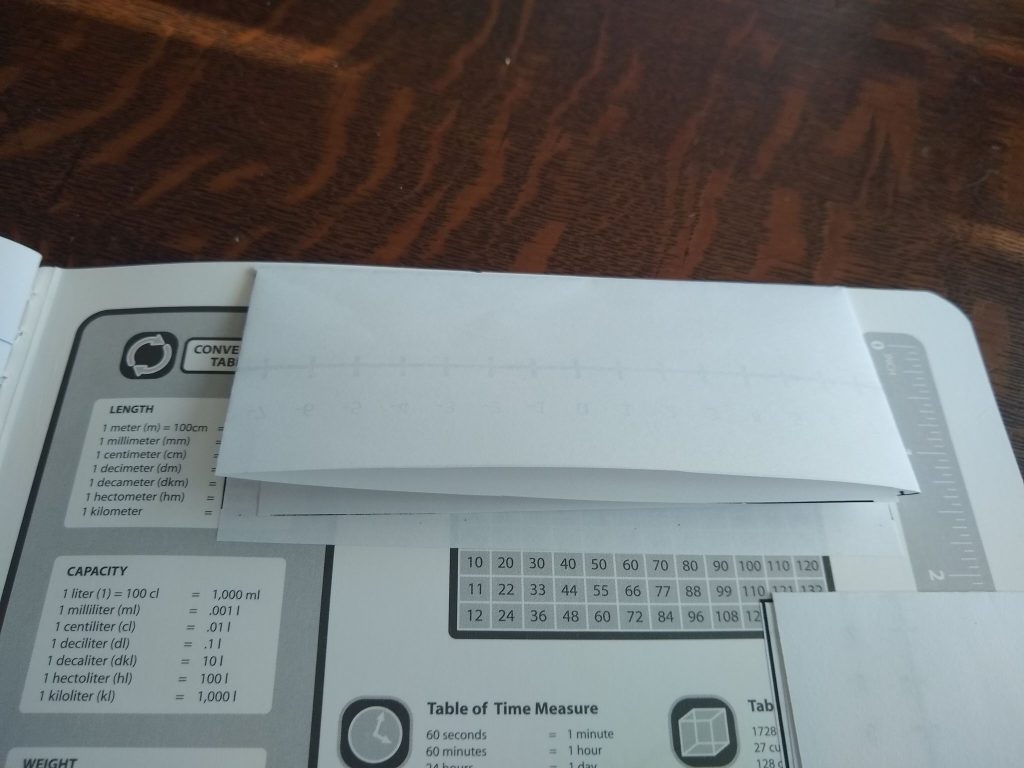
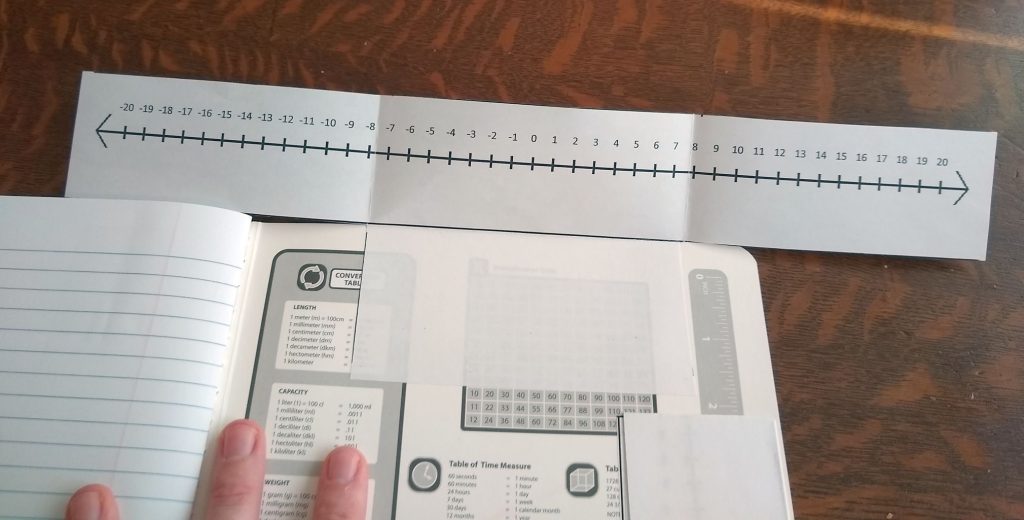
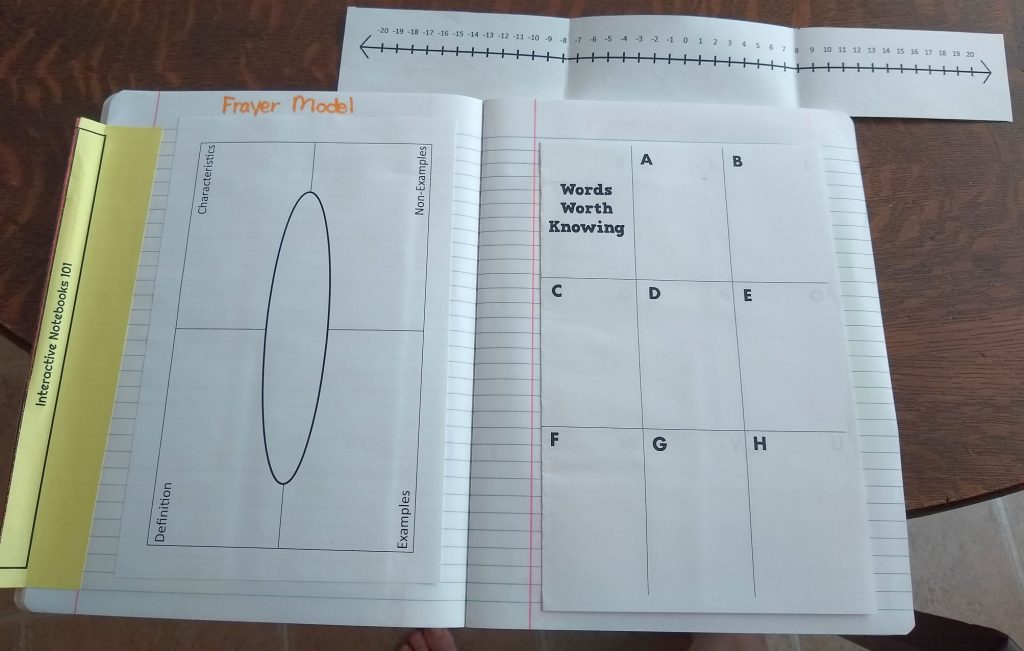
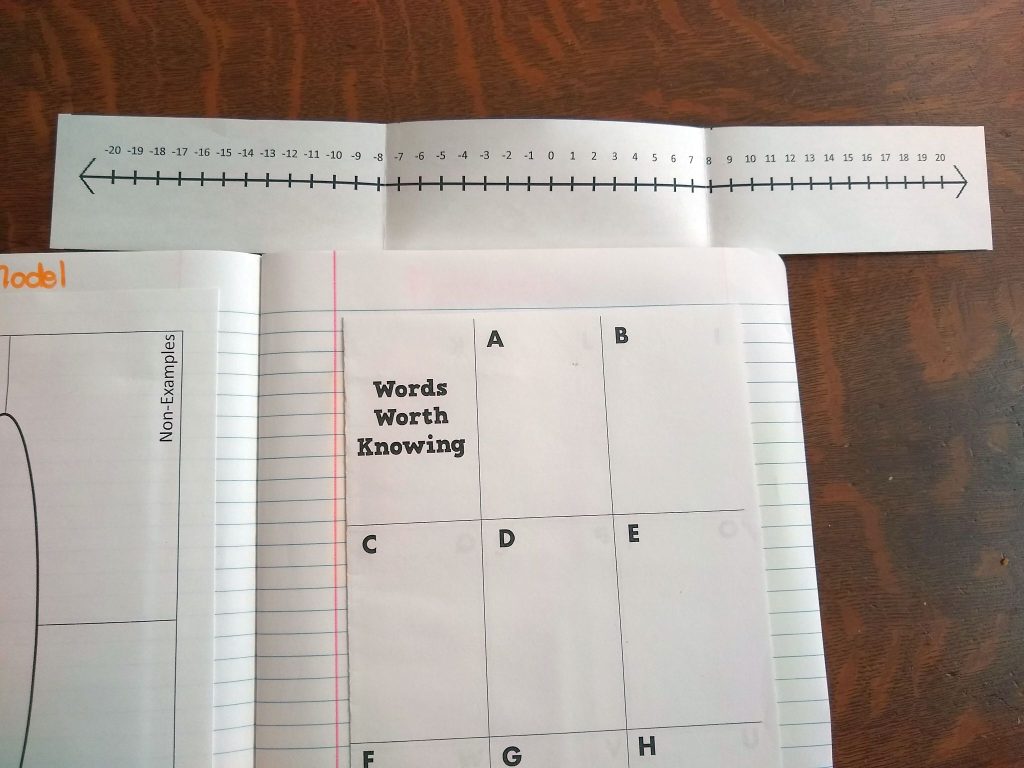
Vertical Number Line Foldable
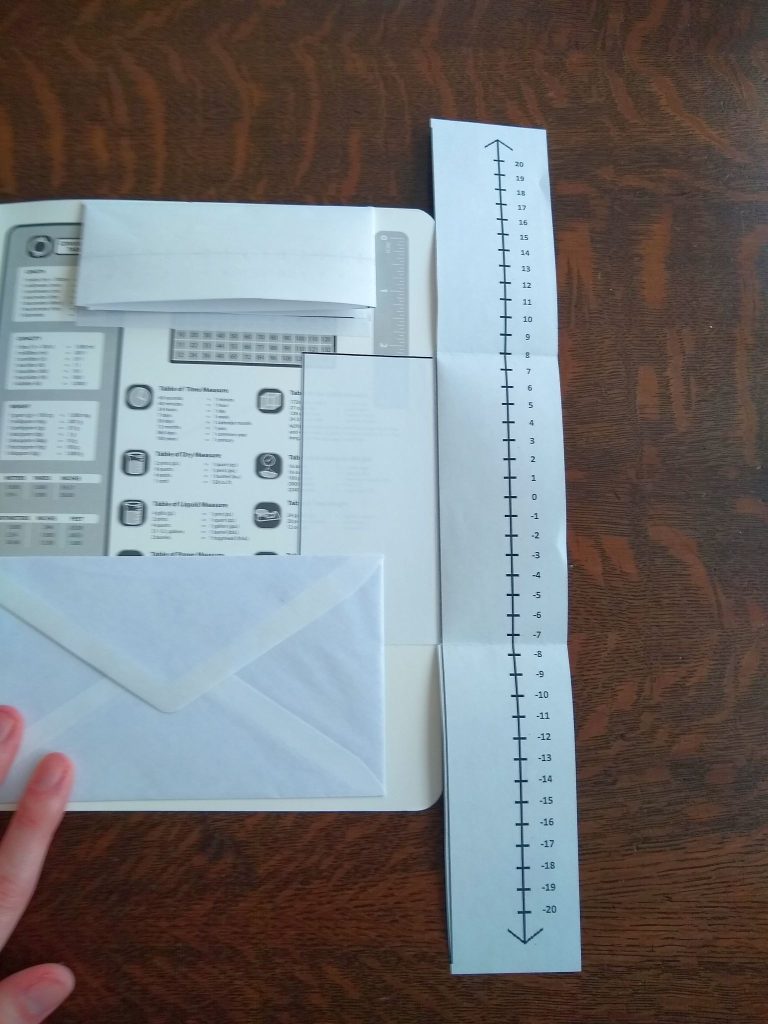
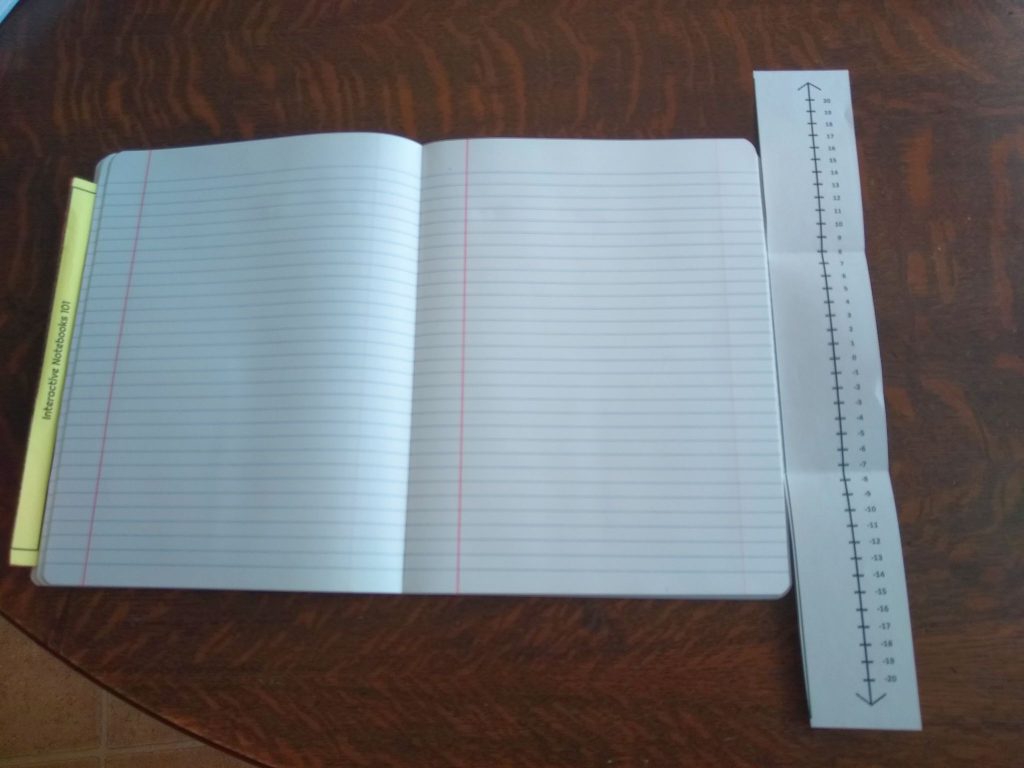

Free Downloads of Horizontal and Vertical Number Line Foldables
Horizontal Number Line Foldable (PDF) (2082 downloads )
Horizontal Number Line Foldable (Editable Publisher File ZIP) (1217 downloads )
Vertical Number Line Foldable (PDF) (2395 downloads )
Vertical Number Line Foldable (Editable Publisher File ZIP) (1097 downloads )
Students might also benefit from my printable horizontal number line poster and printable vertical number line poster.

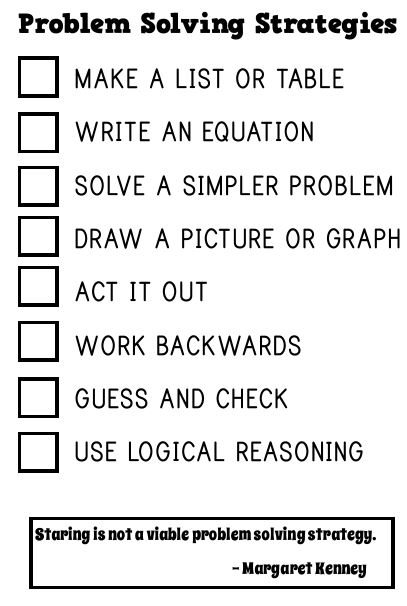
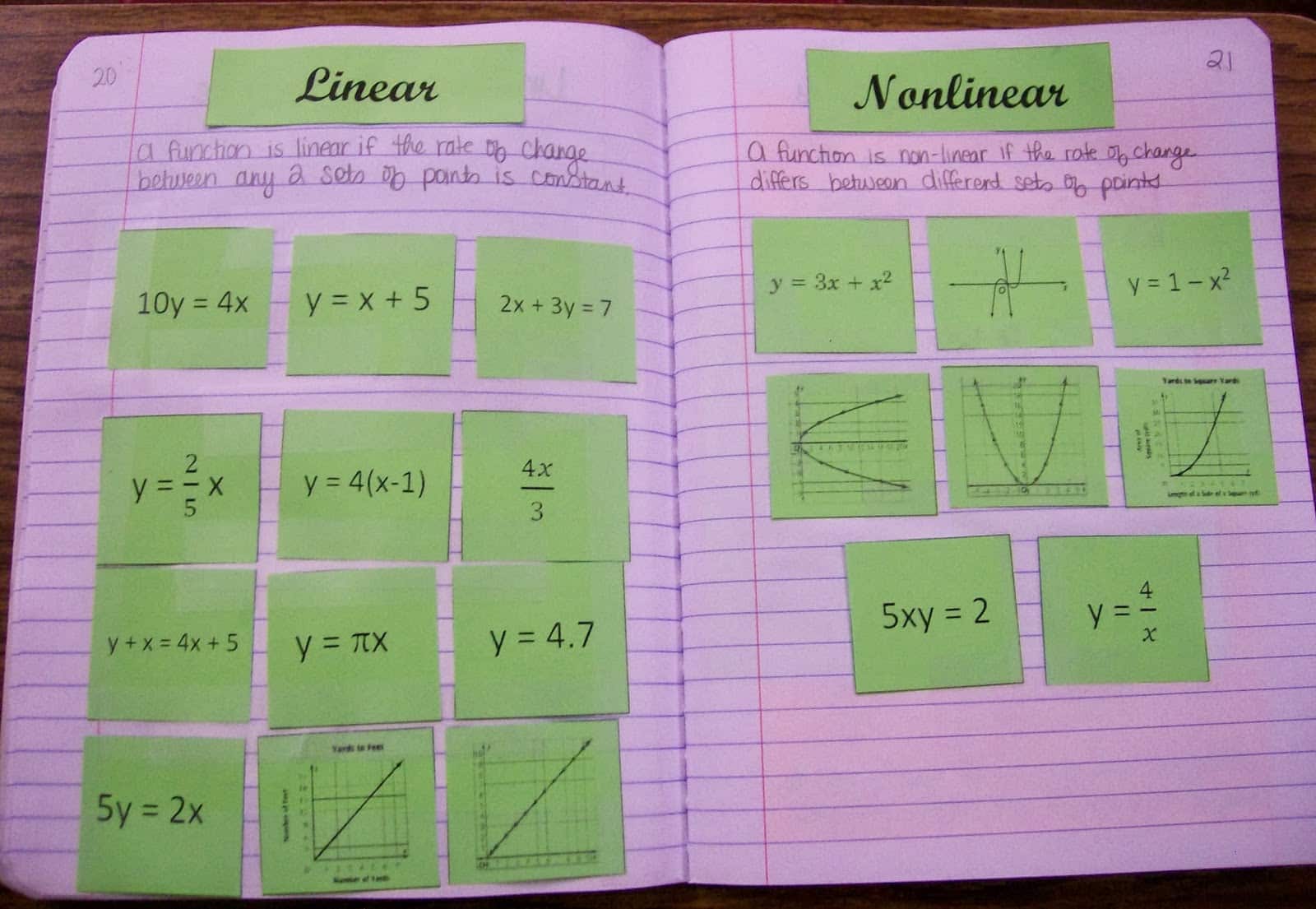
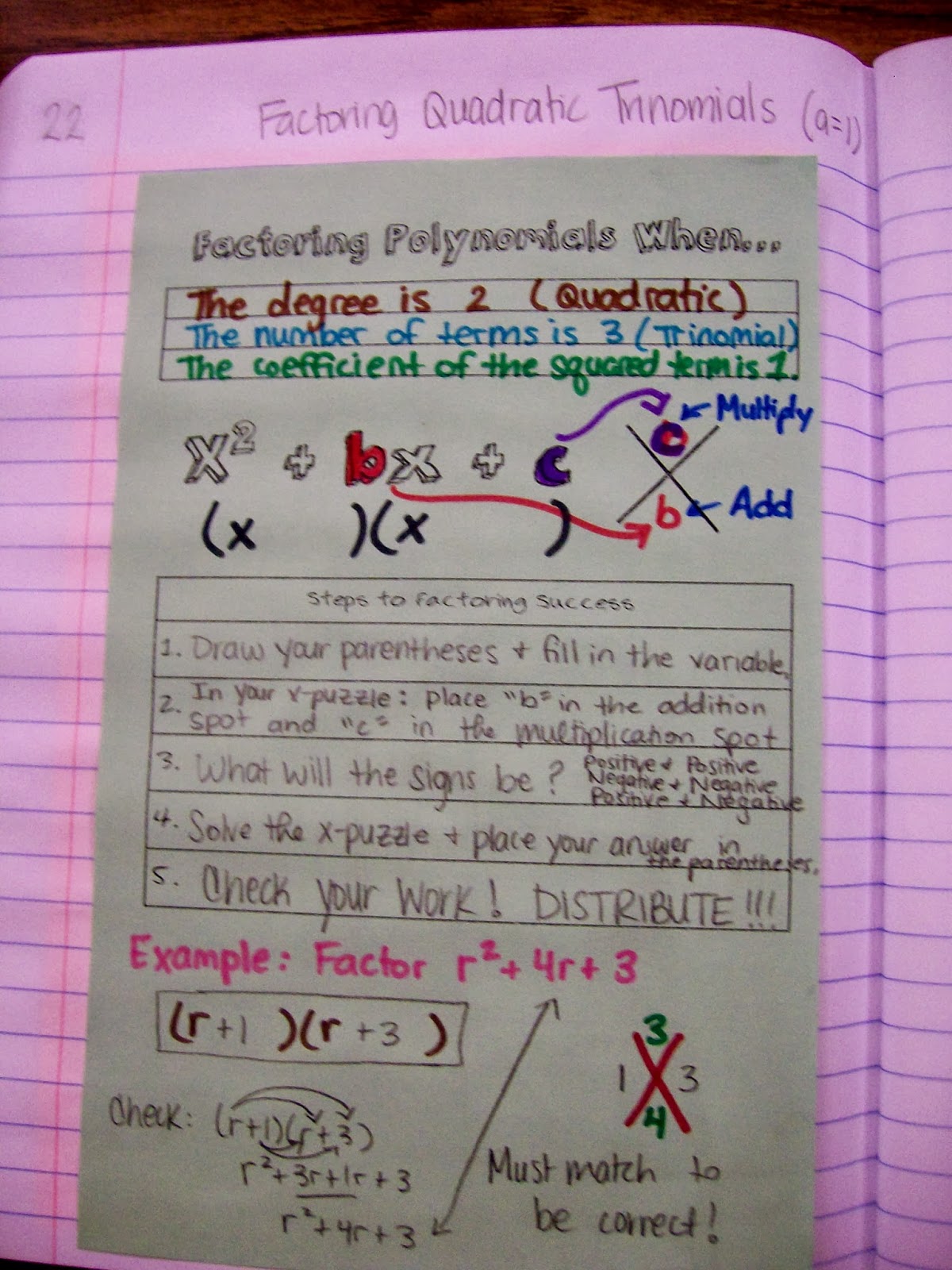


I love this!!! I'm a big believer in vertical number lines. For some reason, I think it just makes a lot more sense to kids that to add is to go up, and to subtract is to go down, and so they can "see" integer operations so much easier on a vertical line than going left and right on a number line. My first year, I put up a homemade version on the wall with masking tape, but I wish some publishing company would produce a nice version. Thanks for this. I think we will be adding it to our notebooks very soon.
BTW, I have been stealing your stuff for a while. 🙂 Keep up the great work!
Can't agree more! The vertical number line is so much more intuitive!
Glad to hear that you've found my blog to be useful! Thanks!
Hi, My name is Kathy Theriault and I teach in a small middle/high school in northern maine. I love your interactive notebooks and have them for my special education math classes and my regular math classes as well. I love this number line and it works great with my students. I added scotch tape on the number line so that students could use a dry erase marker to graph and then wipe them off 🙂
Brilliant idea!
Nice number line. Thanks for always sharing so generously.
I agree with your tips on getting started. One other suggestion I have (particularly for anyone using composition books which have smaller pages) is to chunk information into smaller pieces than you might have previously. When I think back to how much content was in one section of my old textbooks, I think I'd need 2-4 notebook pages for each section. If you try to fit too much, it becomes cluttered and less useful.
Your timing with talking about slope is good. I did something different this year, too and this post reminds me to blog about it.
Because I love making documents and didn't want to type lesson plans right now, you can find a -20 to 35 wall version on my blog. I wasn't trying to steal your thunder. I was just inspired to try something that might work well for my kids. http://iisanumber.blogspot.com/2014/09/vertical-number-line.html Let me know if it needs any tweaks.
Glad I'm not the only one who finds random semi-productive ways to procrastinate! 🙂 Thanks again for the awesome file!
Thanks for sharing the number line! It will be perfect when we do integers. I couldn't agree with you more about the interactive notebooks. I have spent a lot of time teaching my students how to use them as tools. They always tell me how much they reference them after they leave my class.
Have a great day!
Michele
Coffee Cups and Lesson Plans
You're welcome! Can't wait to see how you adapt this to use with your students!
Thanks! Planning to try this out with my students when we get there. We're currently teaching functions. I have fun seeing all of the different ideas. I wish I had time to procrastinate, but with two very active little boys at home and resort to a lot of Pinterest searching for the perfect idea. Why reinvent the wheel when someone has already created the perfect thing. I can just adapt it to suit my students needs 🙂 It's all about teaching smarter and sharing.
Sarah,
Thank you so much for all your amazing ideas. I am doing math ISN's for the first time this year, and your site has been a fabulous resource. I have previously dipped my toes in the water with "study books" where we did unit pages instead of daily pages.
I love the vertical number line, and I have been trying to create one myself (with little luck!) So thank you again!
-Melissa
This is awesome. We just added a number line in our journal this week, but this is WAAAY better. We will be adding this because we start integer operations soon!
THANKS!!!
Elizabeth
Hodges Herald
You're a genius, Sarah. I love the idea of Vertical Number Line!
Last year I drew a number line on the white board for(presumably) just one lesson. I was surprised at how beneficial the visual representation was for students even at the high school level. I left it up for the remainder of the year and we referenced it often. This year I was trying to think of way for each student to have his/her own number line and then I saw yours. AMAZING!! I love it. I've already copied it and we added them into our INBs today. One adaptation I made was to overlap the paper with the cover. The left edge of the number line is about a half inch inside the right edge of the back cover. The students can still see the number line but the pages in the notebook keep it pinned down while in use.
I've borrowed a lot of your ideas. They're all wonderful. Thanks for sharing.
Today I used your vertical number line to reteach finding midpoints and endpoints in Geometry. I gave students little blocks and we marked the endpoint and midpoint and then found the other endpoint. Just like your experience with the slope formula, the students were making a mess of using the midpoint formula to solve for a missing endpoint. When they saw it on the number line, it was very intuitive where the midpoint or endpoint would be. Now the concept actually makes sense to them. I can't wait to try the same with slope in Algebra 1. Thanks for sharing!
Just wanted to thank you for all of the great ideas you have presented. I've taken this one and added my own tweak by covering the number line with clear packing tape. This works great for my younger students who can then use a dry erase marker for skip counting and other problem solving. For the older students I love your idea of both a vertical and horizontal number line. I color code them with the x and y axes they use blue for horizontal and green for vertical. It really seems to help them keep things straight.
Great idea!
Hi Sarah! Just wanted to let you know I used your horizontal number line this year. The vertical one completely confused my special education students. It worked perfectly. Glued it to the top of the back inside cover of our notebooks and it rests right across the top of the open notebook when we unfold it. Thanks for taking that extra time!
Great to hear, Lisa!
Thanks so much for this awesome blog post! Tons of great info and pix.
This is brilliant! Thank you!